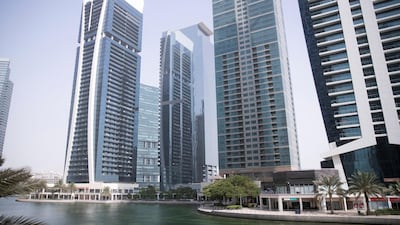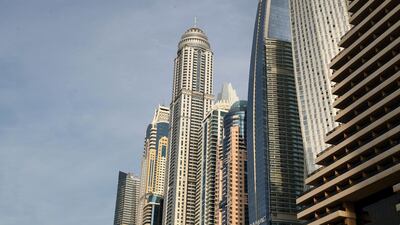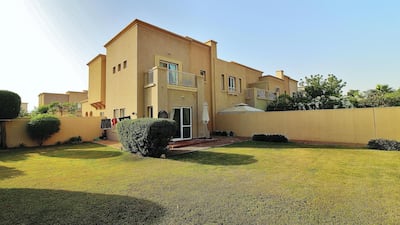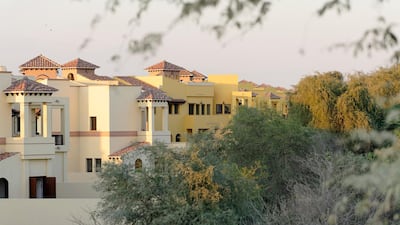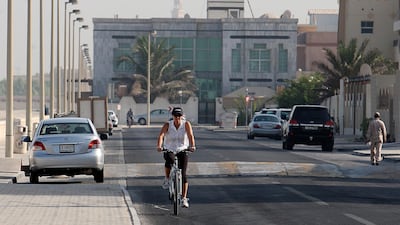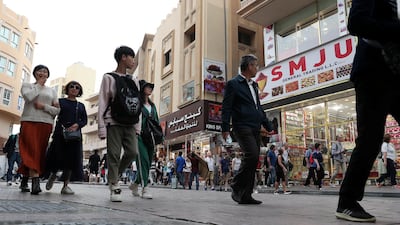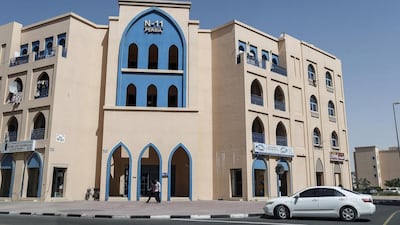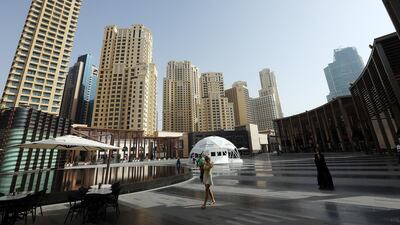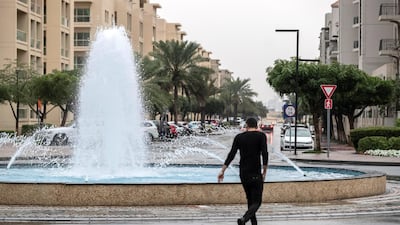Dubai residents who have stayed for the long haul during the past decade or more will have experienced both extremes of the rental market cycle.
Like any market, Dubai's property sector has had its ups and downs amid global economic fluctuations since 2008.
As a result, long-term tenants may have found they were paying almost half the annual rent at some point in time compared with the earlier years.
Rental rates in 2008 were much higher than today with a rapidly expanding workforce and economy. But the global financial crisis sent rents tumbling in 2009, and they remained subdued until 2012 as some recovery emerged.
Market confidence rose again in 2013, when Dubai won the bid to host Expo 2020 and they peaked in 2014 before a combination of low oil prices and a strong US dollar marked the beginnings of a correction.
There has been a steady fall in rental rates in the following years as additional supply continued to outweigh demand. The emirate also started expanding away from the main thoroughfare of Sheikh Zayed Road and out into the desert with a number of new communities.
Today's market is more tenant-driven as landlords use incentives such as multiple cheque payments, no commission or inclusion of utility fees to retain and attract tenants.
Which areas of Dubai have had significant rental changes?
About all of them – no area is totally immune from market dynamics. But there are some which stand out compared with others as rates have returned to levels similar to, or lower than, those that were paid back in 2010 or 2011.
In Dubai Marina, for example, the average cost of a one-bedroom apartment in 2008 was Dh130,000, according to data from property services company Asteco, before falling to Dh63,000 in 2011. Rents in the area climbed in later years to as high as Dh113,000, and by the end of 2019 were back down at an average of Dh58,000.
It is a similar story for the prime villa market, a five-bedroom property on Palm Jumeirah would rent for an average of Dh450,000 in 2009 and 2010 before rising to as much as Dh725,000 in 2014, and by the end of last year was back down to Dh440,000.
What is the outlook for 2020?
The general consensus among property companies is that rents will keep falling although the speed of decline may slow.
Apartment rents fell on average by 2.4 per cent in the second half of 2019, according to a recent Property Finder Trends report.
“Demand has not been able to keep up with handovers and landlords are having to be flexible to attract and retain tenants,” the report added.
That said, rents fell significantly in areas such as Jumeirah Village Triangle (13.8 per cent), Town Square (10.8 per cent) and Dubai Sports City (10 per cent), where the volume of new unit deliveries was high.
As for the number of units coming this year, "I expect 40,000 to 50,000 units to be completed in Dubai in 2020,” said Lynnette Abad, director of Data and Research at Property Finder.

Asteco, meanwhile, expects 39,000 new apartments this year and 10,600 villas after a total of 31,000 were delivered in 2019.
"With more supply expected for handover in 2020, retention will become increasingly important and can be achieved through competitive rates/incentives and proactive/professional property management," it added.
Savills expects 40,000 new units this year as projects started a few years ago when market conditions were stronger are completed.
Andrew Cleator, luxury sales director at Luxhabitat, said he sees another good year for tenants and added "this year we should see the larger conglomerate developers focus more on their under construction master communities with units still in the pipeline; Dubai Hills Estate and Dubai Creek Harbour to name a couple".
Lower rents are a boon for families living in Dubai, according to Chestertons.
"The good news for tenants is there will be ongoing opportunity for social mobility as rents are likely to continue to soften," it said in its Dubai Market report Q4 2019.
"As such, families will be able to move to communities once deemed beyond their budget. This includes properties with more bedrooms, better locations and improved facilities."
Chesterstons said the UAE is, however, still providing decent yields in the long-term market for landlords, with "popular communities offering returns of between 6 per cent and 9.5 per cent". Global cities such as London and Hong Kong generate below 5 per cent.


